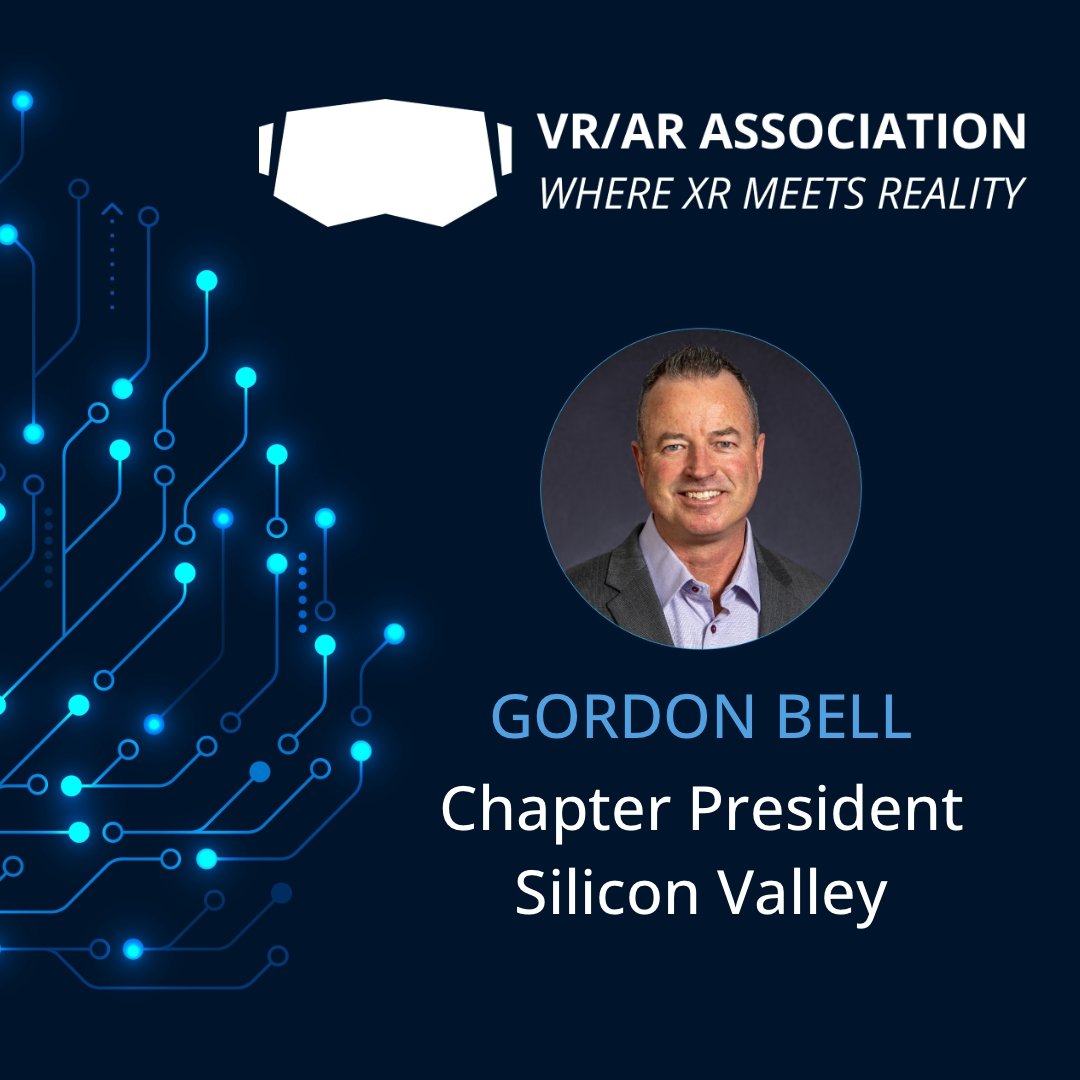Explore the transformative effect of virtual reality on real estate design and architecture and discover how ATS's VR services are shaping the industry's future by offering innovative, immersive experiences.
Virtual reality (VR) is revolutionizing various industries, and real estate design and architecture are no exception. By offering immersive experiences and powerful visualization tools, virtual reality enables architects, designers, and developers to create, present, and refine projects in ways never before possible. In this blog, we’ll delve into the impact of virtual reality on the future of real estate design and architecture and explore how VRARA Member ATS’s virtual reality services contribute to this transformation.
Enhanced Architectural Visualization
One of the most significant benefits of virtual reality in real estate design and architecture is its ability to provide enhanced architectural visualization. ATS’s VR services enable the creation of precise, navigable photorealistic 3D models of properties, allowing architects and clients to explore and evaluate designs as if they were physically present.
By bringing blueprints and 3D models to life, virtual reality allows architects to communicate their vision more effectively and enables clients to understand the proposed design better. This improved visualization can lead to more informed decision-making and streamlined design processes.
Real-Time Collaboration
Virtual reality facilitates real-time collaboration between architects, designers, clients, and stakeholders. ATS’s virtual reality services offer a shared, immersive environment where everyone involved in a project can explore and discuss design elements, making it easier to address concerns and reach a consensus.
This collaborative approach improves communication and fosters innovation, as multiple perspectives can contribute to the design process. Furthermore, real-time collaboration can lead to faster project completion and increased client satisfaction.
Improved Design Iterations
Visualizing and exploring designs in a virtual environment enables architects and designers to identify potential issues and make adjustments more efficiently. By leveraging ATS’s virtual reality services, design iterations can be tested and refined in rapid digital iterations, streamlining the process and minimizing costly mistakes.
Virtual reality allows for more creative experimentation, as designers can test various design elements and concepts in a risk-free environment. This improved iteration process can lead to more innovative and efficient designs, resulting in better final projects.
Digital Twin Construction
ATS’s virtual reality services also enable the creation of digital twins, which are precise, virtual representations of a physical property. Digital twins can be utilized throughout a project’s lifecycle, from initial design and construction to property management and maintenance.
By creating a digital twin, architects, developers, and property managers can monitor and analyze a property’s performance, identify areas for improvement, and make data-driven decisions. This can lead to more sustainable and efficient buildings benefiting property owners and occupants.
Virtual Reality for Sustainable Design
As the demand for sustainable and eco-friendly buildings grows, virtual reality can be crucial in facilitating green design practices. ATS’s virtual reality services allow architects and designers to simulate and analyze the environmental impact of their designs, including energy consumption, water usage, and material waste.
By providing insights into a building’s performance, virtual reality can help architects optimize designs for sustainability, ultimately contributing to a greener and more environmentally conscious industry.
Immersive Presentations for Clients
In addition to improving the design process, virtual reality offers a unique and engaging way to present projects to clients. ATS’s VR services enable architects and designers to showcase their work in immersive, photorealistic environments, providing clients with a deeper understanding of the proposed design.
This improves communication and increases the chances of securing client approval and moving forward with projects. As clients become more familiar with virtual reality, immersive presentations will likely become an industry standard.
Customization and Personalization
ATS’s virtual reality services allow clients to customize and personalize property designs before construction even begins. By immersing clients in a virtual environment, they can explore different design options, such as various finishes, furnishings, and layouts. This level of customization can result in a more tailored and satisfying final product, ultimately enhancing client satisfaction and increasing the likelihood of successful project completion.
Virtual Reality Training for Architects and Designers
Virtual reality also offers the potential for immersive training and education for architects and designers. By simulating real-world scenarios and environments, VR can provide valuable hands-on experience and foster a better understanding of design principles and techniques. As technology becomes more widespread, we expect to see more training programs and educational resources incorporating virtual reality.
The Future of Real Estate Marketing
As virtual reality continues transforming real estate design and architecture, it’s also reshaping how properties are marketed and sold. ATS’s virtual reality services can create engaging and immersive property tours, allowing potential buyers to explore properties from anywhere in the world. This expands the reach of marketing efforts and helps properties stand out in an increasingly competitive market.
The Long-Term Impact of Virtual Reality on Real Estate Design and Architecture
As virtual reality becomes more widespread and accessible, we expect to see even more significant changes in the real estate design and architecture industries. With improved visualization, enhanced collaboration, and more efficient design processes, virtual reality is poised to revolutionize how we create, experience, and interact with the built environment.
The impact of virtual reality on the future of real estate design and architecture is undeniable. ATS’s virtual reality services are at the forefront of this transformation, offering innovative solutions that enhance the design process, streamline project management, and create immersive experiences for clients and potential buyers alike. By embracing this cutting-edge technology, architects, designers, and developers can stay ahead of the curve and continue to shape the industry’s future.
To learn more about ATS’s virtual reality services and how they can benefit your real estate design and architecture projects, visit our website at networkats.com and discover our range of state-of-the-art solutions. Take advantage of the opportunity to revolutionize your projects and create immersive experiences that exceed expectations with ATS’s virtual reality services.


















